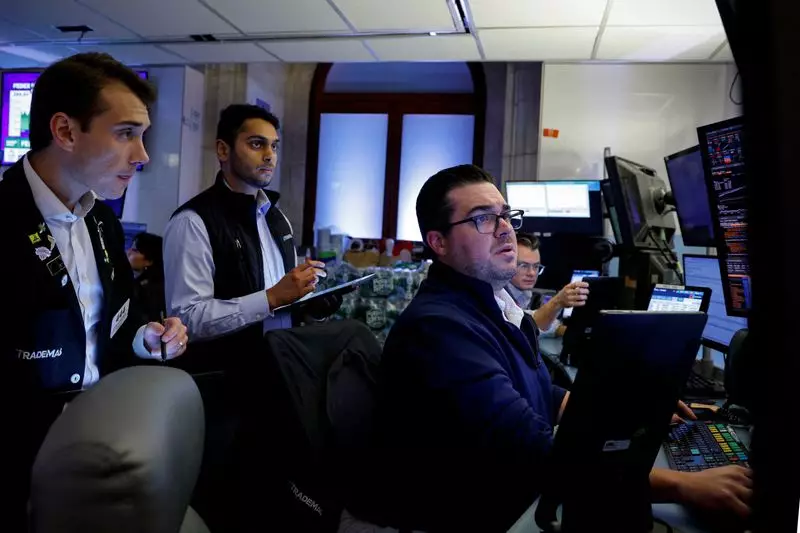The U.S. stock market is currently embroiled in instability, reflected in the decline of index futures on Wednesday. This downturn is largely propelled by escalating geopolitical tensions in the Middle East, particularly following hostile exchanges between Iran and Israel, alongside domestic challenges such as a significant port strike. As investors grapple with uncertainties, market indicators such as the S&P 500 and Nasdaq have reached concerning levels, touching approximately two-week lows. This environment fosters a heightened level of caution among traders, compelling them to reassess the viability of riskier assets.
The recent conflict, which saw Iran responding assertively with missile fire, has escalated fears of greater military engagement in a region critical to global oil supply. Markets reacted predictably, with investors flocking towards asset classes perceived as less risky, leading to a broad sell-off in stocks. In this context, oil prices surged over 2.5%, causing stocks in the energy sector such as SLB and Occidental Petroleum (OXY) to rise markedly in premarket trading. The rising crude prices underscore the interconnectedness of geopolitical events and market performance, as analysts predict potential disruptions to oil supplies could exacerbate inflationary pressures.
Wall Street’s unease is compounded by upcoming economic data releases that are integral to understanding the trajectory of U.S. monetary policy. The ADP National Employment report, due shortly, is anticipated to shed light on labor market conditions and may influence investor expectations ahead of the crucial non-farm payrolls statistics. These data points are critical as the Federal Reserve shifts its monetary policy approach, having recently initiated a cycle of rate cuts aimed at stimulating employment and addressing economic concerns.
Recent activity indicates that there is a growing sentiment that the Fed may continue to adjust interest rates, with odds increasing for further reductions in the upcoming November meeting. Such moves are significant as they reflect the central bank’s dual mandate—maintaining price stability while promoting low unemployment. This complex balancing act is exacerbated by external pressures, including international conflict and domestic labor disputes, all of which could potentially derail economic recovery efforts.
Adding to the market’s woes is an ongoing strike by dockworkers on the East and Gulf coasts that has already begun to disrupt supply chains. Analysts at JPMorgan highlight the gravity of this situation, estimating substantial daily losses to the U.S. economy—upwards of $5 billion if the strike persists. With major corporations like Costco, Walmart, and Designer Brands reportedly having prepared contingencies for this strike, the repercussions are expected to ripple throughout various sectors.
The combination of rising oil prices, crippling port strikes, and a delicate economic recovery all seem poised to exert upward pressure on inflation, which recently approached the Federal Reserve’s 2% target. It represents a critical inflexion point for policymakers who must navigate these dynamics with care to avoid exacerbating existing economic challenges.
The market’s volatility extends beyond isolated sectors; even established companies like Nike have not been spared from investor scrutiny, with shares plunging 5% after the company withdrew its revenue forecast amid executive leadership changes. Such firm-specific troubles highlight the broader vulnerabilities across the market landscape.
As policymakers and analysts monitor these developing events, they emphasize that the situation remains fluid. Volatility indicators like the CBOE Volatility Index show that investor anxiety is palpable, with the gauge hovering near a three-week high. The path forward hinges on how geopolitical developments unfold alongside economic indicators in the coming days. A cautious outlook is warranted as stakeholders remain vigilant, weighing the potential for both recovery and further disruptions—a testament to the intricate web of factors shaping today’s financial landscape.

